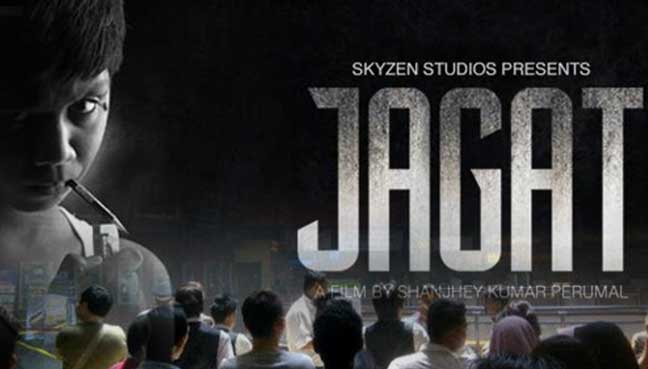mistressesanonymous.com – “Jagat,” a 2015 Malaysian Tamil-language film directed by Shanjhey Kumar Perumal, is a gripping drama that delves into the societal challenges faced by the Indian community in Malaysia during the early 1990s. The film’s title, derived from the Malay word “jahat,” meaning “bad,” reflects the harsh realities and struggles experienced by its characters.
Plot Summary
Set against the backdrop of rural Malaysia, “Jagat” follows the life of a mischievous 12-year-old boy named Appoy. Appoy is caught in a web of familial expectations and societal pressures, as he navigates his relationships with his father, Maniam, and uncles, each grappling with their own demons. The film portrays Appoy’s coming-of-age journey amidst the influences of crime and poverty, as he dreams of a better life beyond his constrained environment.
Themes and Messages
“Jagat” is a poignant exploration of themes such as migration, urban poverty, and the cycle of marginalization. It highlights the struggles of the Malaysian Indian community, who were often overlooked and faced systemic disadvantages. The film underscores the impact of broken educational systems and low socio-economic opportunities, which perpetuate a cycle of hardship and despair.
Cinematic Elements
Director Shanjhey Kumar Perumal employs a raw and authentic storytelling style, using naturalistic performances and realistic settings to immerse viewers in the film’s world. The cinematography captures the stark beauty and harshness of the rural landscape, while the narrative structure allows for a deep and empathetic understanding of the characters’ lives.
Impact and Reception
Upon its release, “Jagat” received critical acclaim for its unflinching portrayal of marginalized communities and its socially conscious narrative. The film was praised for its bold storytelling and was recognized as a significant contribution to Malaysian cinema, particularly for bringing attention to the struggles of the Indian diaspora in Malaysia. “Jagat” has been lauded as a powerful piece of social commentary, sparking dialogue about issues of identity, culture, and inequality.
Conclusion
“Jagat” stands out as a compelling cinematic work that sheds light on the complexities of marginalized communities. Through its heartfelt narrative and striking realism, the film invites audiences to reflect on the social dynamics that shape individual lives and communities, urging a deeper understanding and empathy for those often left in the shadows.

